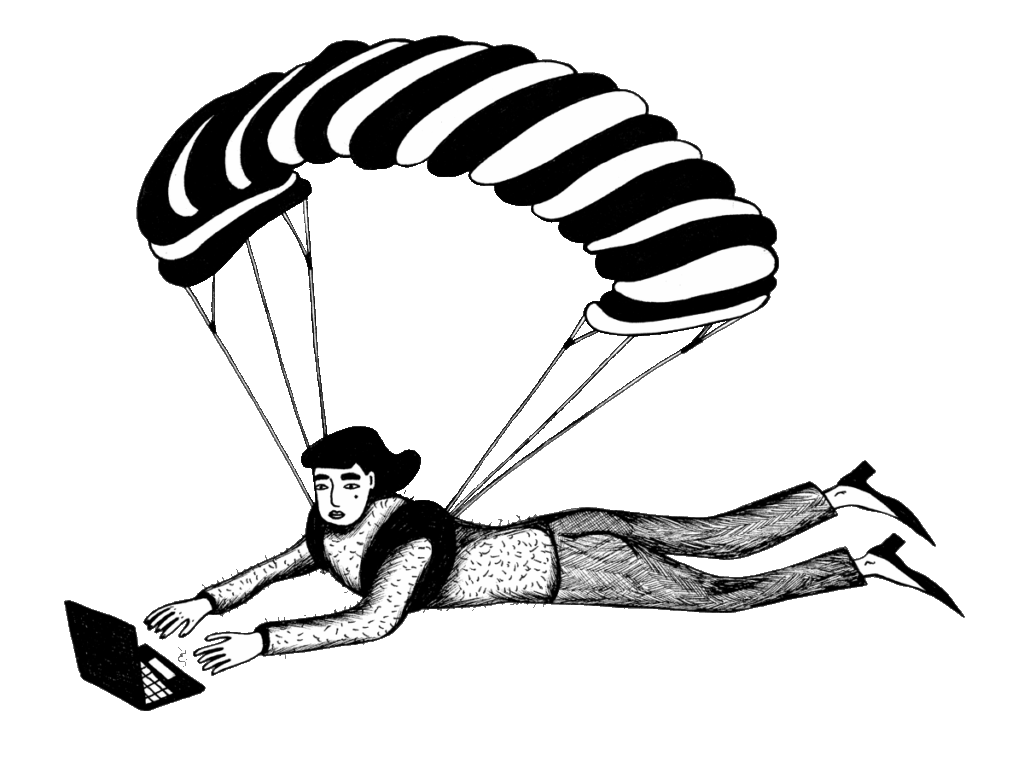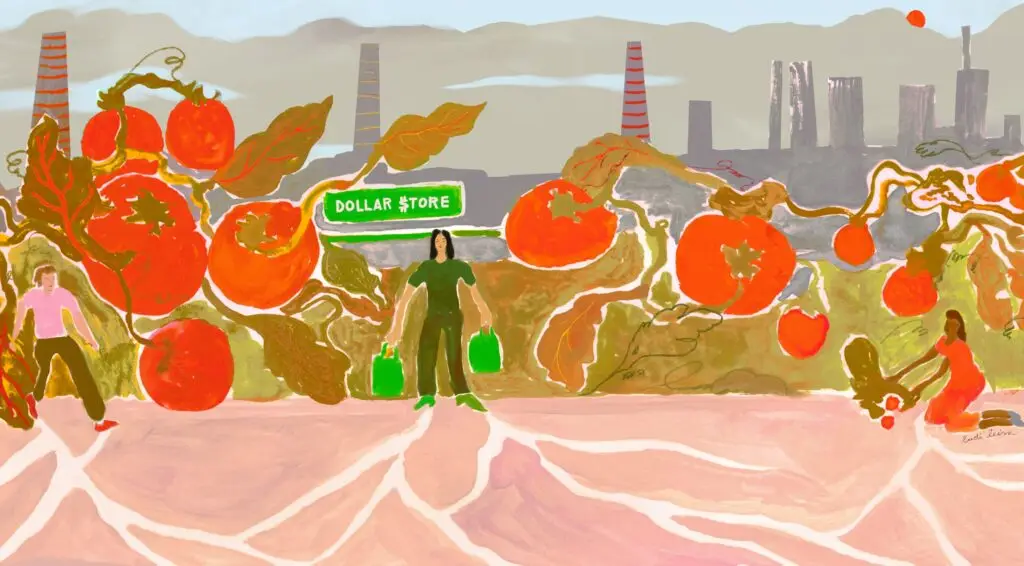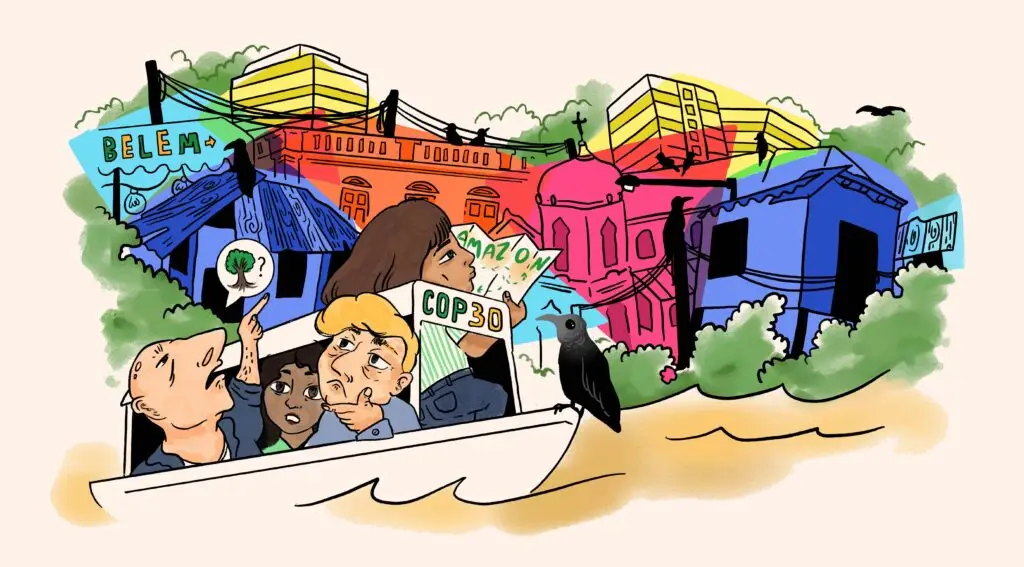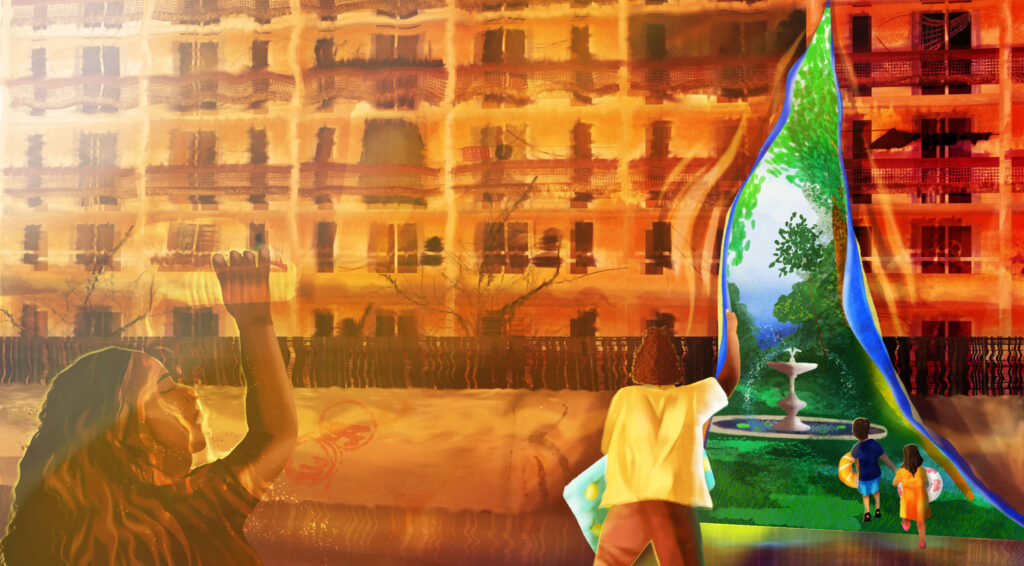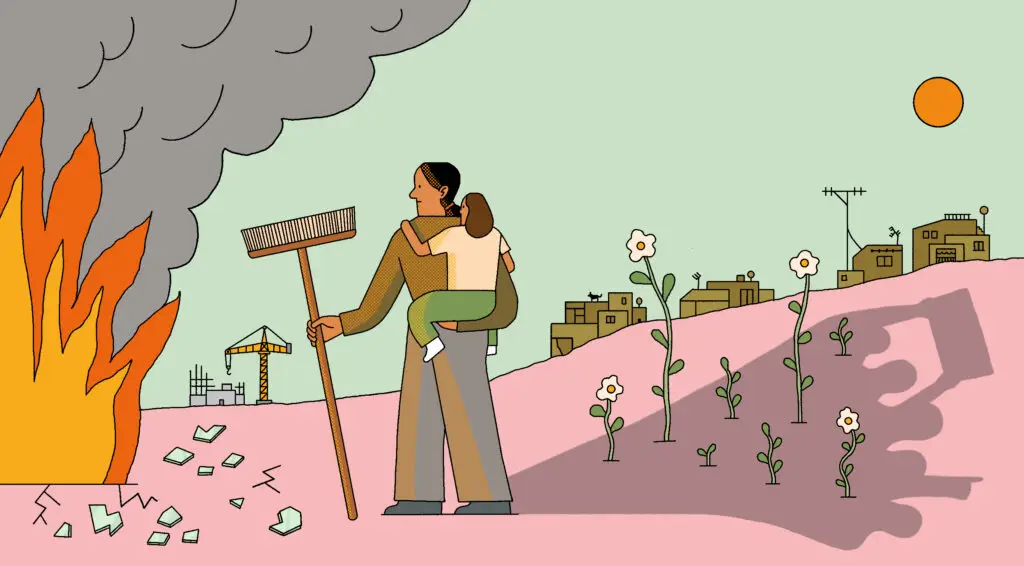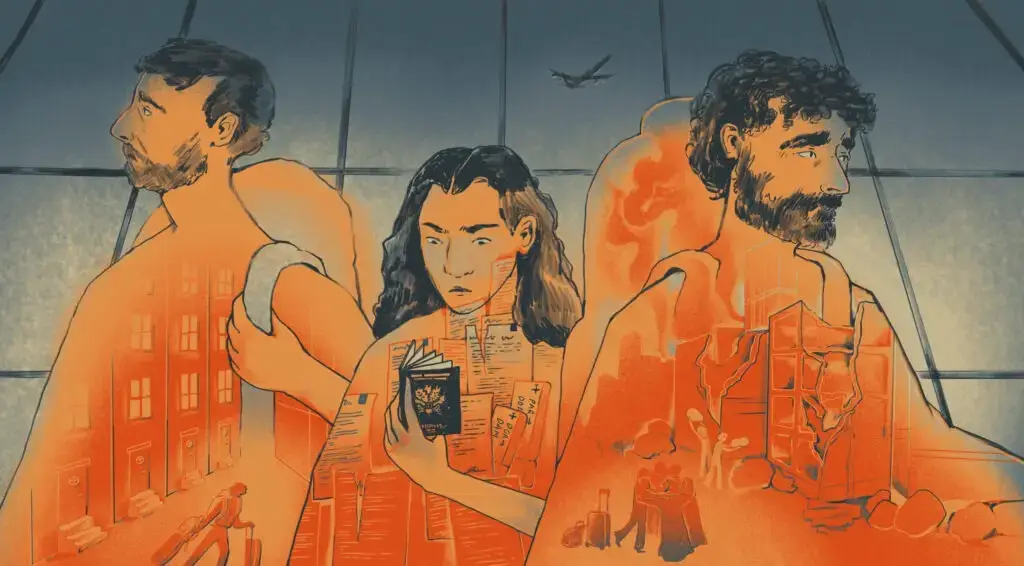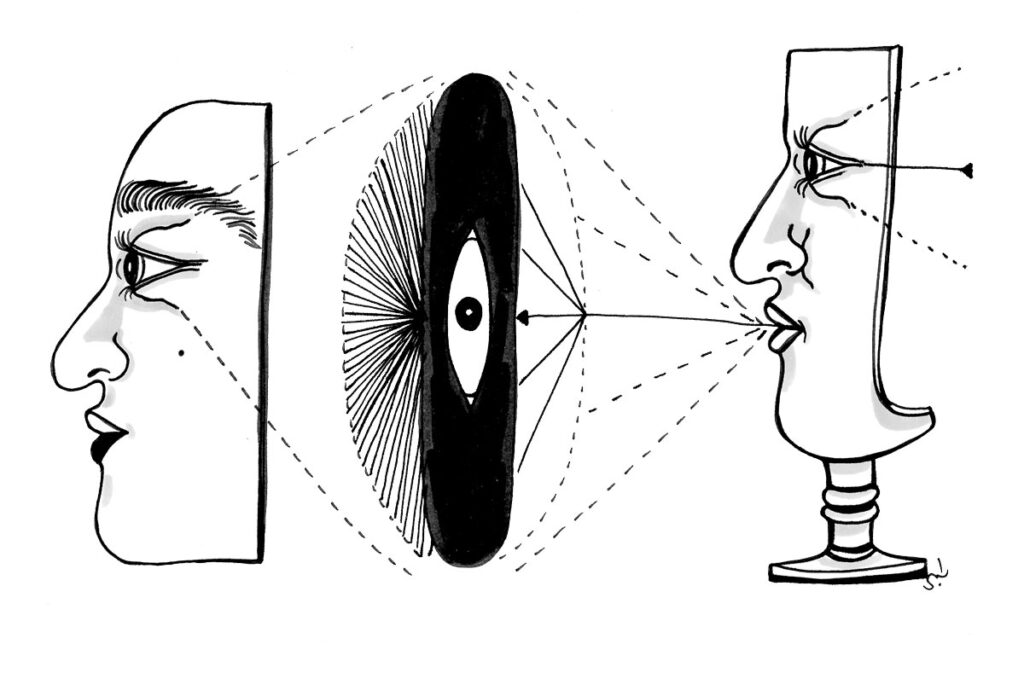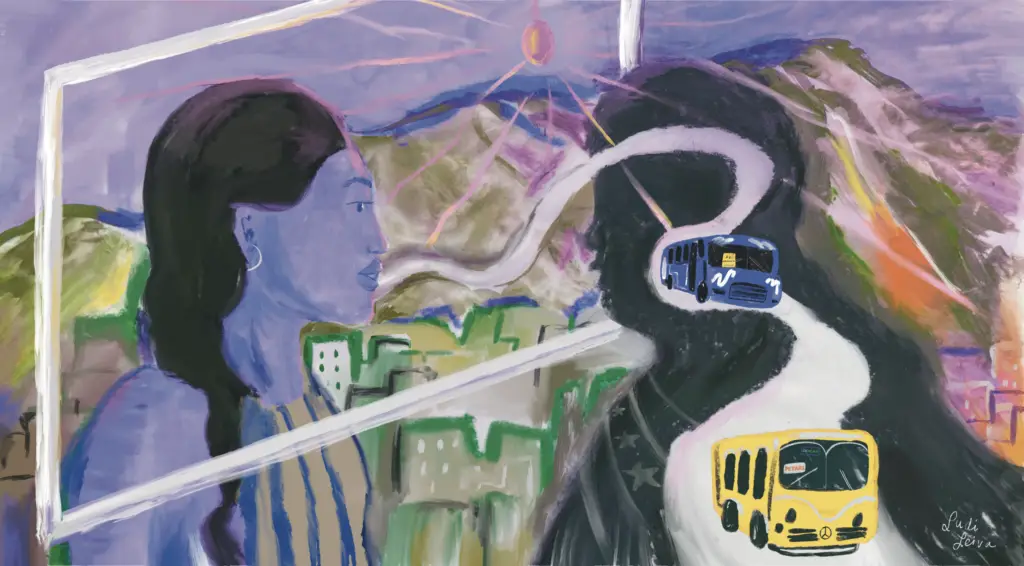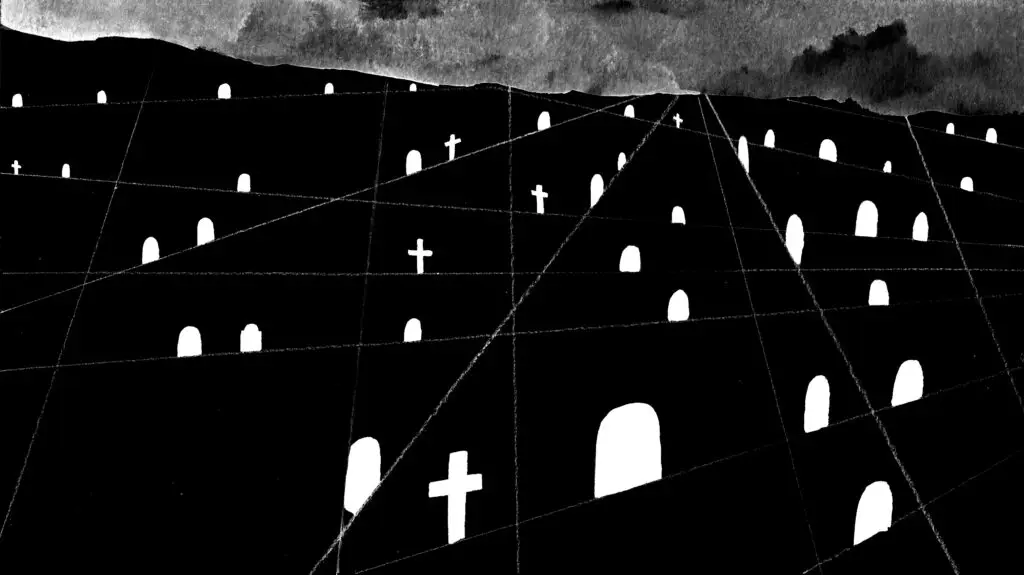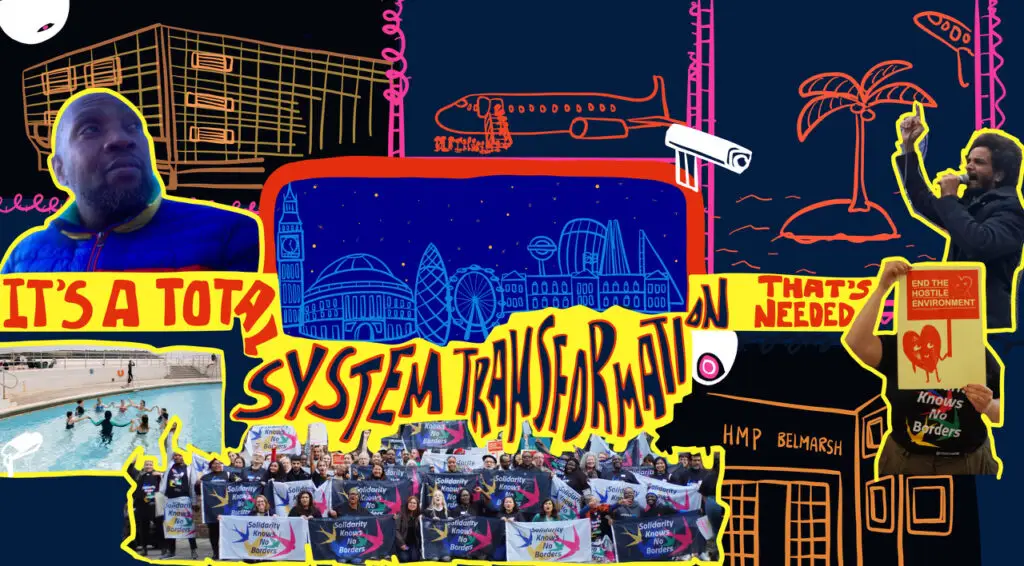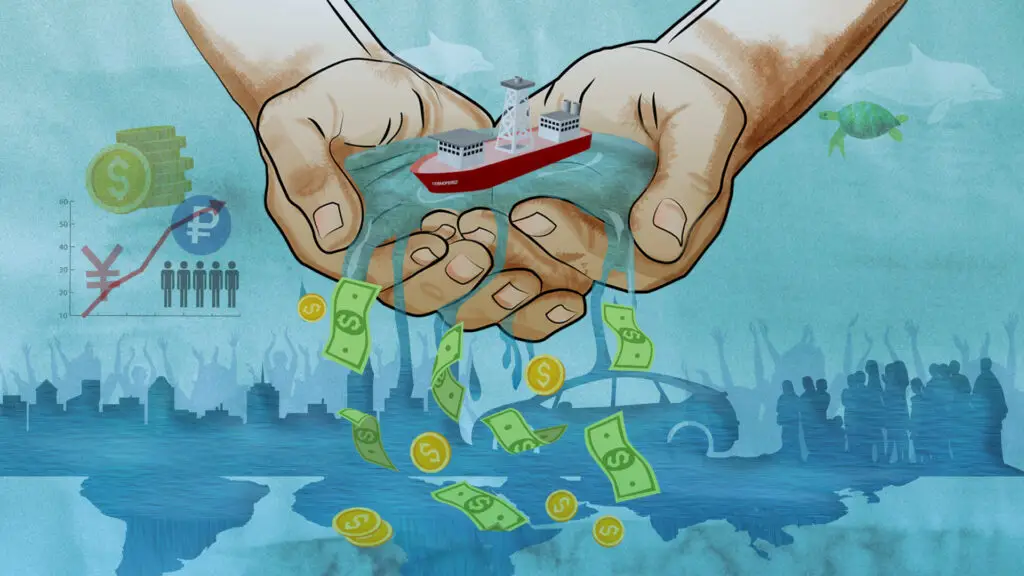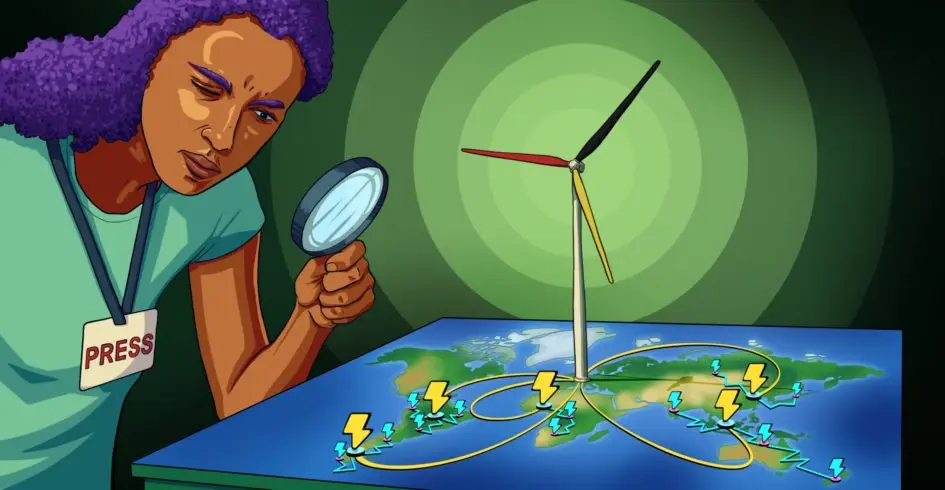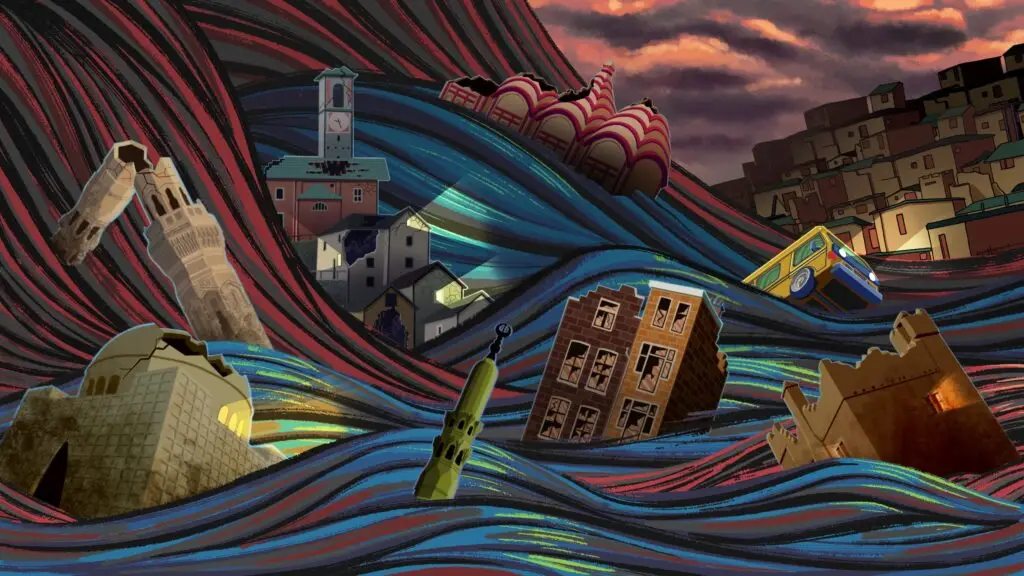In less than 10 years, Rosamund Kissi Debrah has moved from being a school teacher to a full-time advocate for the right to clean air. “After Ella’s death, I didn’t feel I could ever teach again,” she tells Unbias The News in a coffee house in Lewisham, the southern London borough where she lives. Ella was her eldest daughter. She died in February 2013, at nine years old, of an asthma crisis that stopped her heart.
In December 2020, after a fierce legal battle, a coroner acknowledged that exposure to excessive air pollution contributed to her death. “Air pollution was a significant contributor to both the induction and exacerbations of her asthma,”, he ruled in a landmark decision, the first of its kind worldwide.
The family was living near the South Circular Road, a major contributor to London smog.
“If I had known before, I would have moved to another district, definitely. Even if, being a single mother, it wouldn’t have been easy,” Kissi Debrah says. Lewisham counts among the 20% most deprived areas in the UK. In 2021, activists from Choked Up, a teens’ movement created after Ella’s death, released a study that found a correlation between London’s most polluted areas and those with the highest levels of children living in poverty.
"First, I just wanted to know what caused my daughter's death. But now, my fight has expanded to social inequalities."
Rosamund Kissi Debrah
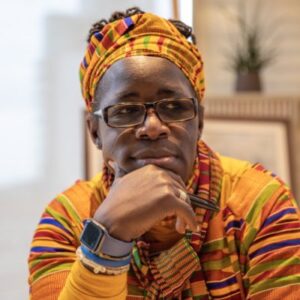
Across Europe, certain communities share a similar problem: environmental injustice. It’s a concept that emerged in the 1970s following the landmark research done by American sociologist Robert Bullard. His investigation revealed that 80 percent of the waste sites in Houston, Texas, were built in areas where Black communities lived.
Environmental injustice stems not only from racism, but from classism, as the underprivileged are also more exposed to pollution either from the lack of policies that protect them from it or from actions by government authorities that increase their vulnerability to it.
In Europe, some cases showed it’s caused by policy gaps, while other affected sectors openly speak about being excluded and forced to live in polluted areas.
In the UK, poorer households breathe dirty air they are not responsible for
In the UK, the subject has been on the table since 2003 when a first national study of Britain’s air quality by Gordon Mitchell and Danny Dorling, two researchers from the University of Leeds, estimated that poorer households may be disproportionately represented in areas with the highest concentrations of NO2 or nitrogen dioxide, an air pollutant which can damage the respiratory system. The duo also found an inverse relationship between NO2 concentrations and car ownership, suggesting the presence of social inequality but also environmental injustice: to put it differently, those residents breathe dirty air they are not responsible for. But the phenomenon has been slow to translate into public policies.
Jo Barnes, a professor at the University of the West of England, sees several reasons for that. First is a lack of general awareness of air pollution, sometimes nicknamed the “invisible killer” for its capacity to stay unnoticed by its victims. A second motive is that the link between air pollution and inequality is still somewhat mysterious, which makes it harder to fight.
“Why is that situation occurring? Is it because the most deprived don’t have a strong political voice and can’t challenge the location of polluting sources? Or because the most affluent can afford to live elsewhere…? It’s a chicken and egg situation that we need to understand a little more,” Barnes tells Unbias The News.
Yet, she sees an “increasing political awareness” of the issue in the UK: “A new piece of legislation, the Environment Act 2021, recognizes the need to produce a new air quality strategy at the national level and to consider inequalities.”
For this, the government is currently completing a consultation with researchers and citizens on how to tackle it. Cities are also implementing different kinds of zones from which they will progressively ban polluting vehicles – called low-emission zones (LEZ), low-traffic neighbourhood (LTN), or clean air zone (CAZ).
“I guess implementing them in deprived areas could be a quick way to tackle inequalities, but we also have to be careful it doesn’t penalise the people who have less financial capacity to buy a new car or use transport alternatives,” Barnes warns. “The schemes should be designed with the communities and not being arbitrarily imposed.”
In France, residents affected by air pollution have few ways to make their voice heard
The UK is not the only country where exposure to pollution and poverty go together. On Feb. 1, 2022, activists used black fumes from smoke grenades to symbolise the extent of air pollution in Bagnolet, a city close to Paris. “Working-class neighbourhoods, three times more exposed to air pollution,” warned a banner seen under a huge road interchange that connects Paris, its ring road, and a motorway. They were put there by members of Alternatiba, an environmental movement, and the Mothers’ Front, an ecological, anti-racist, and feminist collective of parents.
Every day, up to 300,000 vehicles pass through the interchange, which looks like a concrete-made slipknot enclosing houses.
Airparif, the non-profit organisation that monitors air quality in Paris and its region, highlighted in 2003 that pollution there is “almost twice as strong within the interchange” than in other districts. Since this study, pollution has decreased overall around Paris, but the limit values for NO2 under the European Union’s directive on clean air are still regularly exceeded near the interchange.
People who live nearby already struggle with social difficulties. The poverty rate in Bagnolet reached 28% in 2019, according to the French national statistics institute (Insee) – and up to 38% in the neighbourhood facing the interchange – compared to 14.6% nationally.
Opposite the motorway, in Paris, another neighbourhood called Python-Duvernois suffers from both poverty and pollution. This social housing complex built after World War II mostly hosts low-income families – 39% are single-parent – of immigrant descent, who regularly complain about their dreadful living conditions: rats in the buildings, moisture in the apartments and air pollution all around.
"We suffocate. We have rhinopharyngitis every four months. My son has acute allergies,” says Nadja Vuckovic, who has been living in Python-Duvernois since 2014. “If I don't clean my apartment every two days, I find the walls covered with dust."
While a project to rebuild the neighbourhood is underway, the health impact assessment conducted by the city of Paris recognizes that “the limit value for NO2 concentrations is exceeded on the main roads,” even if it acknowledges the concentrations “remain relatively moderate in the heart of the block” and “no asthma ‘cluster’ could be identified.” It also highlights an injustice: although air pollution is mainly due to road traffic, “the Python-Duvernois sector is characterised by very low car ownership rates (less than two cars per five households on average).” But residents have few ways to make their voices heard.
“Even if my neighbours are worried, their first problem is how to eat at the end of the month,” Nadja Vukociv points out. “There are also many parents who don’t speak French and don’t feel legitimate to speak out.”
It’s not the only example in Europe, however, where a vulnerable community suffers from the effects of pollution it’s not responsible for.
Romania’s Roma denounce environmental racism
“No wonder we were ranked Europe’s number 1 friendliest city towards foreigners,” says a video published on the Youtube channel of Cluj Napoca’s mayor, promoting the city to investors. Cluj is one of Romania’s biggest and fastest developing cities, proudly calling itself the European Silicon Valley. “The vision that the municipality has for Cluj is that of a smart, technologically developed city,” says sociologist George Zamfir. He collaborates with Foundation Desire, which focuses mainly on housing issues in Cluj. We meet him in his office, just outside Cluj’s Old Town. “But it’s also a story of a deep housing crisis, of racial policies, aimed at banishing Roma from the city,” adds Zamfir.
In 2020, the Romanian parliament adopted a law that can punish anti-Romani actions with up to ten years in prison. But Romaphobia is rooted deeply in the country: in the same year, a survey financed by the German and Dutch embassies showed that 70% of Romanians did not trust the Roma, the country’s second-largest minority after Hungarians. And in Cluj, the discrimination against Romani has an environmental aspect, too, says Zamfir.
“Most forced evictions that took place in the last 30 years concerning the Roma had a result of creating the ghetto type area called Pata Rat, regarded as one of the biggest ghetto-like areas in Europe.”
George Zamfir
The European Environmental Bureau argues that environmental discrimination is a specific form of Romaphobia, as it pushes the members of the Roma community to live and work in environmentally degraded or even polluted areas – in the case of Pata Rat, where around 1500 people live, the landfill, but also one of the city’s arterial roads, as well as the airport.
Measurements conducted by Foundation Desire in 2020 and 2021 showed an excess of both the levels of PM2.5 and PM10 inhalable pollutants in the area surrounding the Pata Rat landfill; but also those of hydrogen sulfide (H2S), created by the putrefaction of organic substances, such as garbage, which may be hazardous to nervous and respiratory systems.
Richard-Calind Florescu is a pediatrician who attends to the children living in the community, oftentimes in make-shift homes with no access to a toilet or running water. Among the illnesses most common in the children of Pata Rat, he enumerates respiratory diseases and viruses, digestive and dermatological issues, infections, and parasites. Their parents fall sick also: “They recycle garbage in order to earn a living. Garbage is extremely rich in pathogens, so it is clear that they are much more exposed to disease,” says Florescu.
But while activists are pointing out the health hazards of living in the area, an upscale real estate project is developing in the direct vicinity of Pata Rat’s landfill: Transilvania Smart City. The concept includes 10,000 apartments, a mall, schools, recreation areas, office spaces, and conference rooms – among others. The first stage of construction should finish in the second half of 2023.
“Nothing is smart about it,” says Alex Fechete, a team member of Project Pata, conducted by the Cluj Metropolitan Area with the support from the EEA and Norway Grants, which organizes social housing to relocate some of the members of the community in Pata Rat.
Fechete himself is a survivor of eviction, which took place in 2010, when he was 24. For a couple of years, he was depressed: “I didn’t feel like a citizen, I didn’t feel like a human anymore,” he says. Now, thanks to a housing project he’s back in the city, but still working in the community as a facilitator. He is also one of the creators of Radio Pata, an internet radio which shares relevant information for the community members, such as doctor contacts or dates important for schoolchildren.
“It's important that our children go to school with other children, with the Romanians and Hungarians. As long as they are not segregated in school, we are fine,” says Fechete.
Alex Fechete
It is still unclear what will happen with the members of the Pata Rat community once Transilvania Smart City is complete – and whether the problem of garbage will be sorted out before new tenants move in. During a debate on housing in 2021 Emil Boc, mayor of Cluj claimed that the ghetto will no longer exist by 2030. “It is a very ambitious goal,” admits Oláh Emese, responsible for social services issues as one of Cluj’s deputy mayors in a phone call with Unbias the News – “and a long-term project.”
The city of Cluj is relocating the Roma of Pata Rat to different places in the Cluj metropolitan area, not necessarily back to the city where they were evicted from, as a measure of their social inclusion. “We are providing them with fresh water and other means necessary for a normal life,” says Emese – “I don’t think they should remain there. The landfill proximity obviously represents a risk factor.” When asked if the landfill will also pose a risk for the new tenants of Transilvania Smart City, she reassures that those responsible for the investment are taking all measures necessary to guarantee their safety. The developers of Transilvania Smart City, SDC Properties, have declined our request for an interview.
George Zamfir’s perception of mayor Boc’s words is rather pessimistic: “My impression is that it’s a message for people buying these apartments. So they are assured there will be no garbage around, nor poor Roma people living next to them. Developers, investors and potential buyers were the audience of this message.”
Fechete, on the other hand, hopes that things will change – but he thinks it will only be in the far future: “Maybe not in a couple of years, maybe in 50 years, or a hundred. We are now where African Americans were in the USA in the 60s. We need more Roma intellectuals, more Roma activists that fight for social justice for what’s happening in Romania to our nation.”
Social inequality as a health risk
In the United States, environmental inequalities and racism have been known and denounced since the 1970s. Countless studies have shown that African Americans, for instance, are exposed to higher levels of air pollutants. But in France, for instance, research has lagged behind. “We started raising the question around 2010, but at this time, it was not easy to make the hypothesis that the most disadvantaged suffer from greater exposure to environmental risk”, Séverine Deguen, a researcher in biostatistics and environmental epidemiology, recalls.
From 2012, she participated in Equit’Area, the first French research project on air pollution and social disadvantage. “Our research has shown that France is no exception, even if, depending on the town, we do not systematically find the most disadvantaged in polluted areas.” In some cities, the poorest inhabitants live closer to industries or highways. In others, automobile traffic is denser in the centres where the wealthiest have become the majority. However, her research shows that “even when the most disadvantaged neighbourhoods are not the most affected by pollution, the health consequences are more severe.”
This can be explained by a greater vulnerability of its inhabitants, because of factors like comorbidities, difficult living conditions or lower access to healthcare. A study that she co-authored estimates that in Paris, with similar exposure, “the poorest inhabitants are three times more likely to die from an episode of serious pollution than the (…) richest”.
However, 10 years later, plans to combat air pollution in France have not taken into account social inequalities so far. For example, most city councils that pedestrianize streets around schools in an attempt to reduce child exposure to traffic do not choose these sections according to social criteria, a recent report from the United Nations Children’s Fund (Unicef) and Réseau Action Climat, a French NGO, pointed out. And no effort is made to check that pro-air quality measures do not involuntarily penalise the most vulnerable.
Deguen has looked into a project to create car parks in Lyon, a south-eastern metropolis, to encourage people to leave their cars on the outskirts and let the city centre breathe. But there is a risk: that it increases traffic and pollution in the city’s suburbs, where populations are more exposed to poverty and different kinds of vulnerability.
In Paris, the reconstruction project of the Python-Duvernois district states that “new housing will be built away from the nuisance and protected from it by screen buildings of economic activities” in order to reduce exposure to pollutants. But researcher Deguen pleads for a wider approach. “We intervene too often in a uniform way on the territory, whereas we should take into account the differences in vulnerability according to the Marmot Review on health inequalities,” she says.
This report published in the UK in 2010 by Michael Marmot, a professor in epidemiology, proposed a new way to reduce health inequalities. “Universal action is needed to reduce the steepness of the social gradient of health inequalities, but with a scale and intensity that is proportionate to the level of disadvantage,” he recommended.
For the first time in France, two cities, Rennes and Strasbourg, have planned to work hand in hand with researchers in order to evaluate the social effect of their air quality plans. Although they declined to comment on the project still at an early stage, it should model the effects of measures like low-emission zones (LEZ) – the portions of cities where the two city councils will ban gradually the most polluting vehicles from 2022 to 2025 – to make sure they also contribute to reducing health inequalities. It’s a good – but long overdue – way to ensure that clean air won’t become another privilege.
This article was produced with the support of the European Cross-Border Grant from Journalismfund.eu.
About the authors
Alexia Eychenne is a journalist based in Paris. Alexia investigates and reports on social issues (work, inequalities, environment) in France and elsewhere. She writes for Les Jours.fr, XXI, Le Monde or Causette, among others.
Michalina Kowol is a freelance multimedia journalist based in Berlin. Michalina reports on social and environmental issues – mostly in Latin America and Eastern Europe – and has worked with DW, Deutschlandradio and taz, among others.
Please consider a donation to support the work of our feminist, cross-border newsroom. We create a space for journalists facing structural barriers, working towards a more equitable, inclusive world of journalism. Join our mission today!


